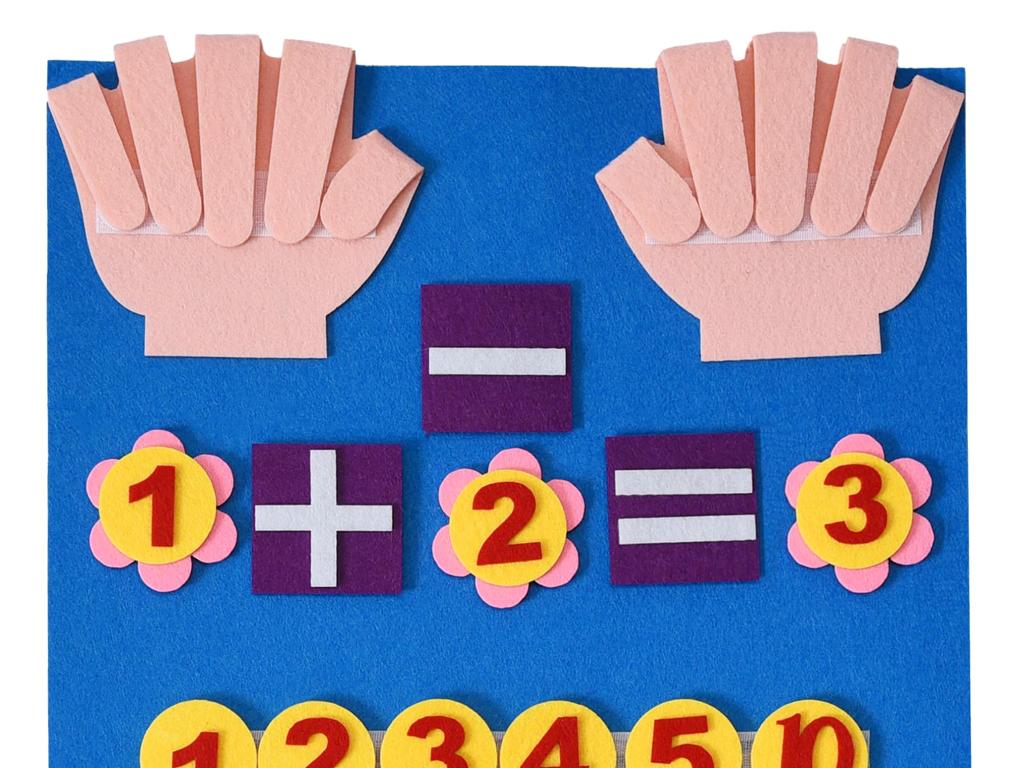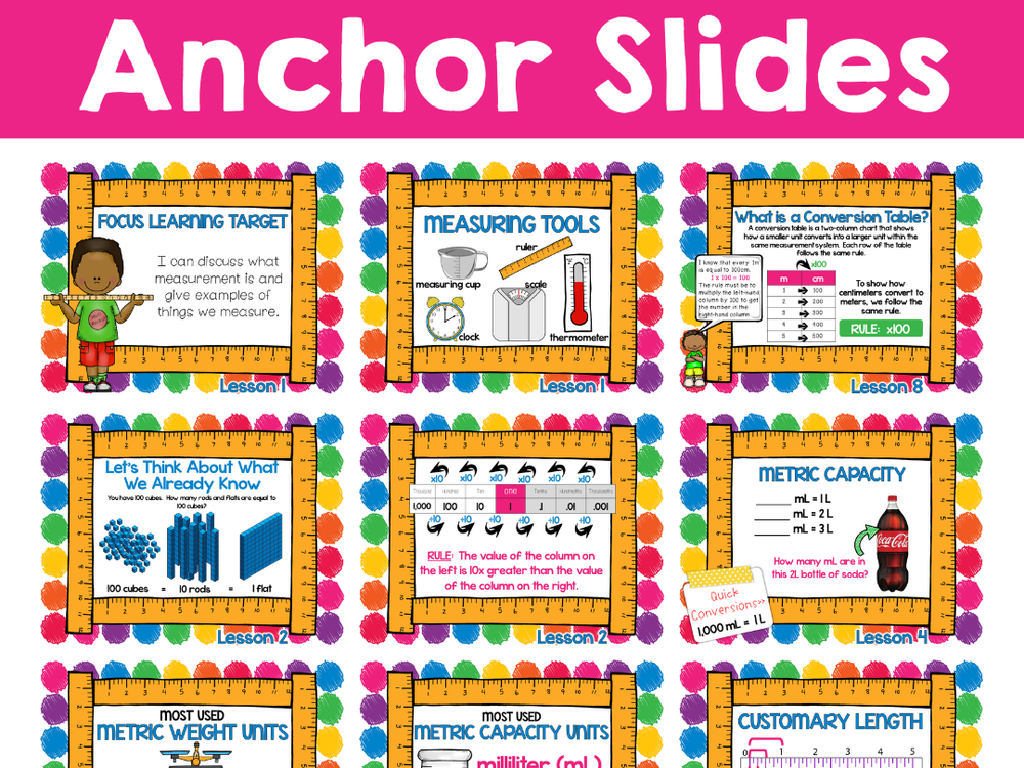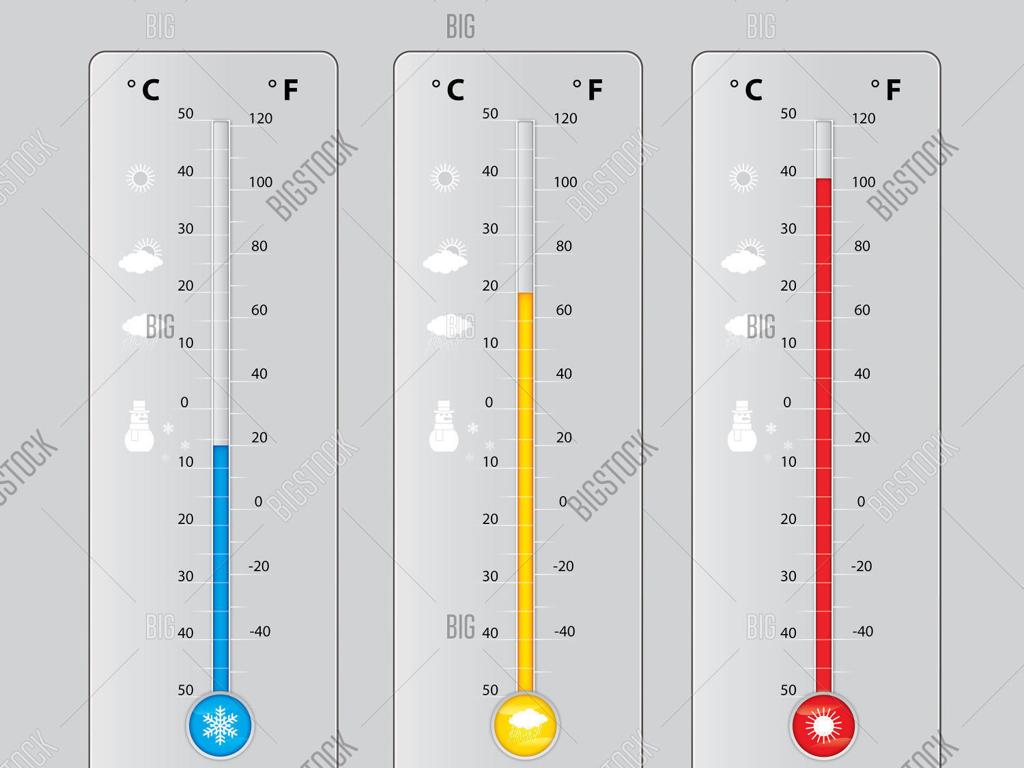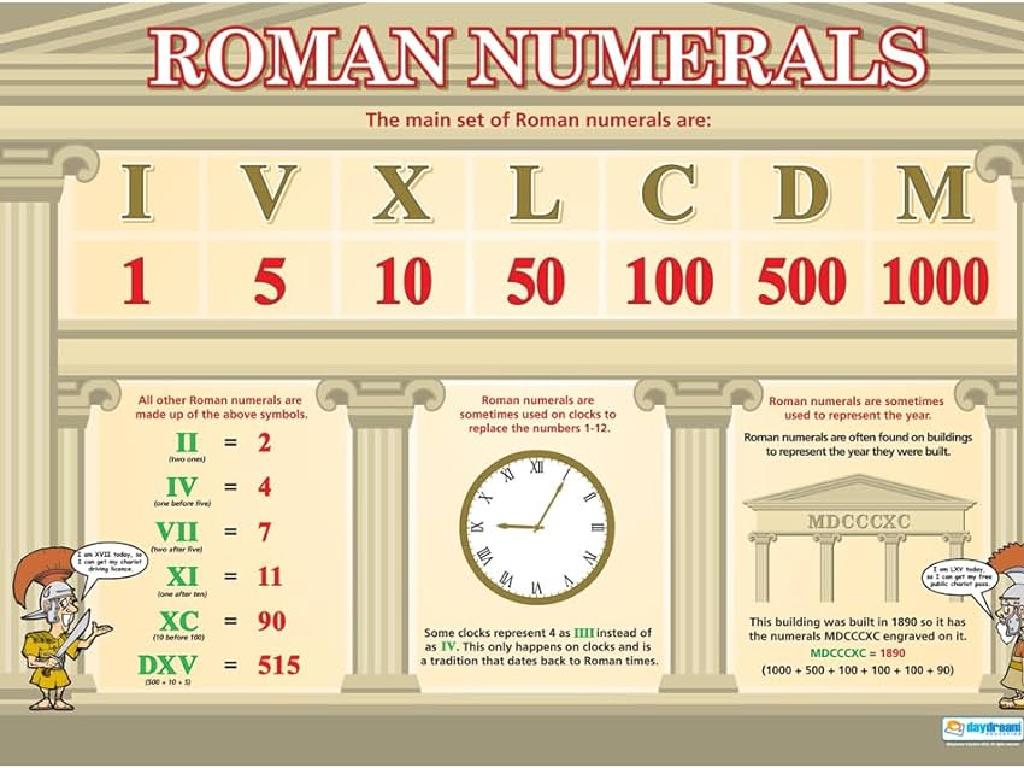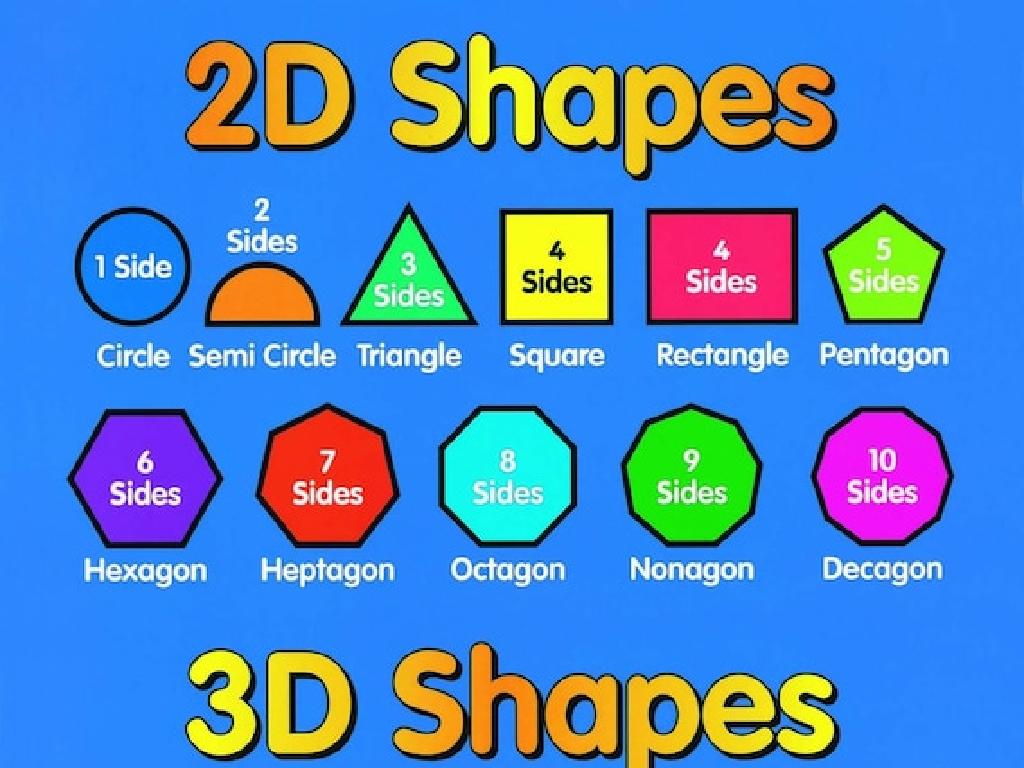Organize Information By Main Idea
Subject: Language arts
Grade: Seventh grade
Topic: Expository Writing
Please LOG IN to download the presentation. Access is available to registered users only.
View More Content
Organizing Information by Main Idea
– What is Expository Writing?
– It’s factual writing to inform or explain.
– Expository vs. Narrative Writing
– Narrative tells a story; expository explains facts.
– Focusing on Main Ideas
– Identify the central point or ‘big idea’ of a text.
– Techniques for Organization
– Use outlines, headings, and summaries.
|
This slide introduces students to the concept of expository writing, which is used to explain or inform the reader about a particular topic. Unlike narrative writing, which tells a personal or fictional story, expository writing focuses on factual information. Today’s lesson will concentrate on how to organize information effectively by identifying the main idea of a text. Students will learn techniques such as creating outlines, using headings to separate ideas, and summarizing information to ensure clarity and coherence in their writing. Encourage students to practice by identifying the main ideas in example paragraphs and organizing them into an outline.
Understanding the Main Idea in Expository Writing
– Define the main idea
– The central point or message that an author wants to convey
– Significance in expository texts
– It helps readers grasp the essential message and purpose of the text
– Identifying main ideas
– Look for repeated phrases or the most discussed topic in a paragraph
– Practice with examples
– Example: ‘Pollution affects marine life’ could be a main idea in an essay about the ocean
|
The main idea is a crucial element in expository writing, as it helps to organize information and provides a clear focus for the reader. It’s often found in the first sentence of a paragraph, but it can also be implied through the text. Teach students to identify the main idea by looking for the most important point the author is trying to make. Use examples from familiar texts or current subjects being studied. Have students practice by picking out main ideas from sample paragraphs or articles, discussing as a class why those are the central messages. This will enhance their analytical skills and improve their ability to write coherent expository essays.
Identifying Main Ideas in Expository Writing
– Finding the main idea in text
– Look for the most important point the author wants to convey.
– Topic sentences as clues
– Often the first sentence, guiding the direction of the paragraph.
– Practice with sample paragraphs
– Analyze paragraphs to determine the main idea.
|
This slide is aimed at teaching students how to discern the main idea in a piece of expository writing. Emphasize that the main idea is the central point that the author wishes to communicate to the reader. It is often encapsulated in the topic sentence of a paragraph, which typically appears at the beginning and sets the tone for the rest of the paragraph. Provide students with sample paragraphs and guide them through the process of identifying the main idea, using topic sentences and supporting details as clues. Encourage active participation and discussion to reinforce the concept. The activity will involve students working individually or in groups to practice this skill, ensuring they understand how to apply it to their own writing and reading comprehension.
Supporting Details in Expository Writing
– Define supporting details
Supporting details are facts, examples, or descriptions that explain the main idea.
– Strengthen main ideas with details
They provide evidence and clarity, making the main idea more convincing.
– Differentiate main ideas and details
Main ideas are the central points, while supporting details expand on them.
– Practice identifying both elements
|
This slide introduces students to the concept of supporting details in expository writing. Begin by defining supporting details as the pieces of information that flesh out the main idea of a paragraph or essay. Explain how these details can strengthen the main idea by providing evidence, examples, and greater clarity. Discuss strategies for distinguishing between the main idea and the supporting details, such as looking for topic sentences and the specific information that follows. Engage students with activities where they identify the main ideas and supporting details in sample paragraphs. This will help them understand the structure of well-organized writing and improve their own writing skills.
Organizing Information in Expository Writing
– Use graphic organizers
– Visual tools like Venn diagrams, T-charts help structure thoughts
– Outline main ideas and details
– Identify the central point and list supporting evidence
– Create a logical information flow
– Ensure ideas transition smoothly from one to the next
– Importance of structure in writing
– Well-organized writing is clearer and more persuasive
|
This slide aims to teach students how to effectively organize information when writing expository texts. Graphic organizers are visual aids that can help students structure their ideas before writing. They should learn to identify the main idea of their writing and support it with relevant details. Creating a logical flow is crucial for the reader to follow the argument or explanation easily. Emphasize the importance of a clear structure in making their writing more effective and engaging. Provide examples of graphic organizers and show how to use them. Discuss how to outline main ideas and details, and how to ensure a smooth transition between them. This will help students in planning and writing well-structured expository essays.
Writing Workshop: Structuring Paragraphs
– Craft paragraphs with clear main ideas
Start with a topic sentence that states the main idea.
– Engage in peer review sessions
Exchange drafts with classmates, give and receive feedback.
– Revise for clarity and coherence
Improve your paragraph’s flow and ensure the main idea stands out.
– Share revised work with the class
Present your polished paragraph and discuss the improvements made.
|
This slide outlines the steps for today’s writing workshop focused on expository writing. Students will begin by crafting paragraphs that have a clear main idea, often expressed in a topic sentence. They will then participate in peer review sessions, where they will share their work with classmates and provide constructive feedback. Following the peer review, students will revise their paragraphs to enhance clarity and coherence, ensuring that the main idea is effectively communicated. Finally, students will share their revised work with the class, discussing the changes they made and the reasons behind them. This process aims to develop students’ writing skills and their ability to critique and improve their own and others’ work.
Class Activity: Organizing Ideas for Expository Writing
– Organize ideas using a graphic organizer
– Write an expository paragraph
– Choose a topic and explain it clearly in one paragraph
– Focus on the main idea
– The central concept or argument you’re presenting
– Include supporting details
– Facts, examples, or reasons that back up the main idea
|
This activity is designed to help students understand the structure of expository writing by organizing their thoughts before writing. Provide students with a graphic organizer to visually map out their main idea and supporting details. Encourage them to choose a topic they are familiar with and write a clear and concise expository paragraph about it. The main idea should be evident and the supporting details should be directly related to it. This exercise will reinforce the concept of structuring their writing around a central thesis and using evidence to support their points. Possible topics could include the importance of recycling, the process of photosynthesis, or the history of a holiday. After completing their organizers, students should share their paragraphs with the class or in small groups to discuss the effectiveness of their organization and support.
Wrapping Up: Main Ideas & Homework
– Recap today’s expository writing
– Homework: Craft an expository essay
– Focus on organizing information by main idea
– Use techniques learned today
– Include an introduction, body, and conclusion
– Get ready for peer review next class
– Share and discuss essays with classmates
|
As we conclude today’s lesson on organizing information by the main idea in expository writing, remind students of the key techniques covered. For homework, they are to write an expository essay, applying what they’ve learned about structuring their writing around a central thesis. Encourage them to use clear topic sentences and supporting details. In the next class, we will conduct a peer review session, so they should come prepared to share their work and provide constructive feedback to others. This exercise will not only reinforce today’s lesson but also enhance their editing and critical thinking skills.

